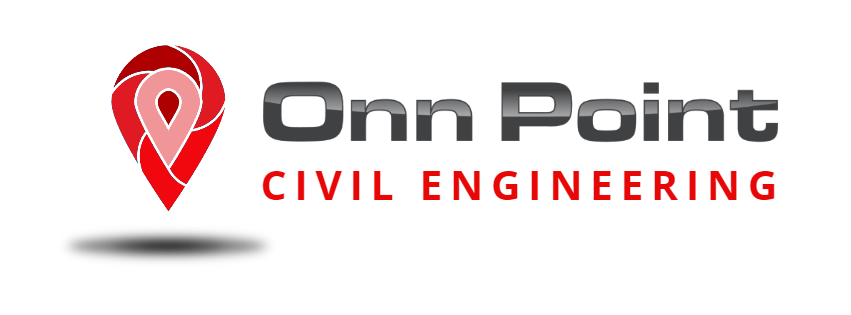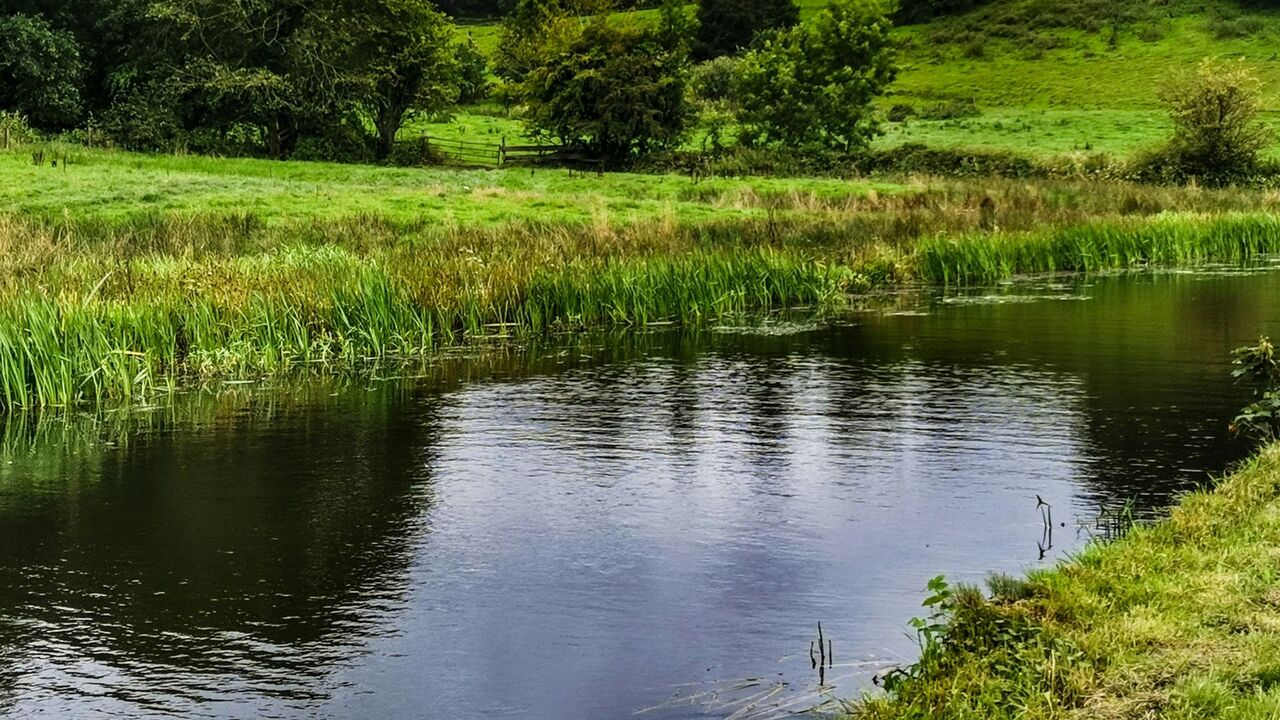In the past, detailed drainage strategies have been required for major developments (10 properties or more), however we are now seeing Local Planning Authorities (LPAs) request a more detailed design utilising the features of a SuDS report on smaller developments.
While the exact methods may vary among LPAs, a standard drainage plan made by drainage design consultants typically outlines the following:
- The site’s attributes, including its slope profile, soil geology, and existing flood risk.
- Calculated rates of surface water runoff, such as a soakaway calculation, and the corresponding storage capacity requirements.
- The designated discharge points for the runoff. (Infiltration/Watercourse/Public Network)
- The proposed sustainable drainage system (SuDS) components.
- Strategies for the management and maintenance of the drainage system.
- Overland exceedance maps to ensure consideration has been taken from excess runoff both on and off site.
What to Expect
In a drainage strategy, you can expect:
-
- Calculations proving the proposed site does not flood in a 1in100 year storm even plus 40% for Climate change for residential or 20% for commercial developments. It should be noted that climate change percentages can vary with LPA.
- Proposed drainage layout (plan/drawings) confirming pipe and manhole sizes, gradients and locations.
- Typical construction details including SuDS features
- Drainage statement to support all proposals with consideration of SuDS in accordance with the SuDS hierarchy.
- Maintenance strategy for all elements including SuDs features.
The above may vary slightly depending on the LPA.
Selecting the Suitable Drainage Strategy Design for the Location
A crucial initial phase for achieving the correct design is to grasp the ground’s drainage conditions and assess the site’s suitability for infiltration. Onn Point offers an overview of the site’s appropriateness for various Sustainable Drainage Systems (SuDS) alternatives, including services like percolation tests, BRE365 soakaway testing, and more.
If you would like to discuss your project, please feel free to contact us.

